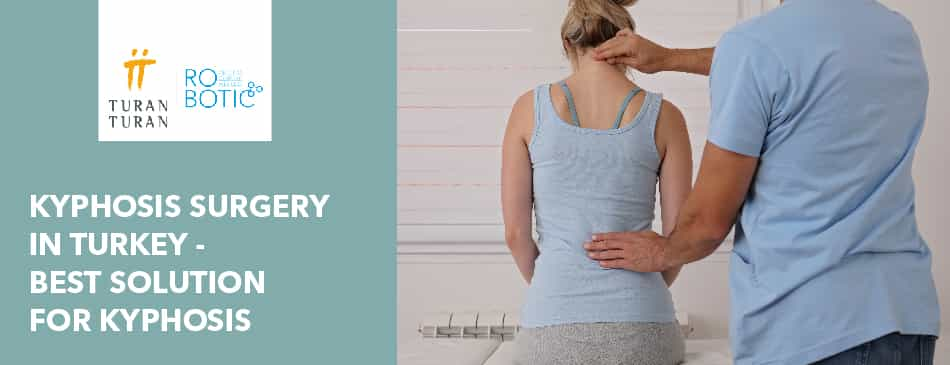
Best Solution for Kyphosis in Turkey
Kyphosis Surgery in Turkey provides the best solution by utilizing the latest technology, and of course safe for patients with certain criteria.. You can find this surgical option at Turan Turan Health Group, where patients will be treated directly by medical staff that are experts and experienced in their fields, especially Orthopedics. Here are some descriptions and information about Kyphosis that you need to know first, in order to enlighten you on how this surgical method is applied to patients.
What is Kyphosis?
Kyphosis is a progressive spinal deformity that is seen in children or adults. This disorder can cause a curvature called "hunchback". Severe kyphosis may take the form of hyperkyphosis or sharp angle gibbus deformity. Abnormal kyphosis curves may occur in the cervical (neck) part, as well as in the thoracic (back) or thoracolumbar (back-waist junction) part of the spine.
Postural and Structural Kyphosis:
Postural kyphosis is a disorder that usually occurs due to poor posture and can be corrected by the patient.
Structural kyphosis is caused by an abnormality affecting the bone, invertebral disc, ligament, or muscles. Kyphosis with structural pathology may require medical attention. Because the patient cannot control the progressive curvature in the spine alone.
Gibbus deformity: Gibbus deformity is a structural type of kyphosis. The curvature in the back is sharp.This deformity can bring about a hunchback that becomes more noticeable when leaning forward.
Hyperkiphosis: This term is used to describe a "hyper" curvature that exceeds the normal range. Hyperkiphosis occurs in the thoracic (dorsal) part of the spinal cord. In adults, the angulation of the back that occurs after wedge-type compression fractures, usually in a few back vertebrae as a result of osteoporosis, is the most common cause of humpback in the older age group.
Congenital: Congenital kyphosis is a structural abnormality
Scheuermann's Disease: A type of thoracic (dorsal) kyphosis which is seen in young (adolescent) individuals. Although the mainspring is unknown, it may be genetic. This disease causes excessive curvature by causing reduction in invertebral disc space and vertebral compression. The neck and head stand abnormally forward. This condition usually comes about between the ages of 12-15. Pain is a common remonstrance in many patients (up to 50% of the number of patients).
What Are The Circumstances That Bring Along Kyphosis?
- Postural hunchback
- Scheuermann's disease
- Congenital kyphosis
- Kyphosis associated with neuromuscular disorders
- Kyphosis due to trauma, tumors, infection and calcification (osteoarthritis).
Kyphosis in the thoracic (dorsal) part of the spine is an inordinate angle in the spine. Normal lordotic slopes in the neck and waist areas can be diminished to aid general posture. Thanks to the normal inclination position of the spine, mechanical stress is reduced during movement.
What Are The Treatments Other Than Surgery Options In Kyphosis?
Early treatment is indispensable, especially for young patients. When kyphosis is left untreated, the curvature may progress and give rise to significant problems in adulthood. Routine checks are significant in observing the course of the disorder.
Postural Kyphosis: Some exercises (eg physical therapy) may be recommended to strengthen the paravertebral muscles. In order to correct and maintain the posture, the patient must make an effort consciously.
Structural Kyphosis: Pain relievers and anti-inflammatory drugs can be used to provide relief. Padded orthoses can be used for pain relief, but they cannot control the progression of the curvature. The age of the patient, growth potential, degree of kyphosis, progression of the curvature, and degree of vertebral compression are considered in determining the treatment of Scheuremann Disease.
Utilizing of corsets is a standard treatment course of practice used to control the progression of spinal curvature especially in young people. In order to correct the curvature, the Cervicothoracolumbosacral orthosis (STLSO) corset should be worn 24 hours a day for a year. Your doctor should determine the type of corset and how it will be worn.
The corset is removed after the treatment process with corset. It does not provide permanent benefit to patients aged 16 and over. Also, It can be difficult for young people to wear a corset because it may cause discomfort. In cases where kyphosis is severe (curves greater than 70 degrees) and the symptoms cannot be reduced with conventional treatment, the option of surgical operation is contemplate.
For Which Patients Are Kyphosis Surgery in Turkey Appropriate?
The Kyphosis Surgery in Turkey can be applied in the following situations:
- If the deformity degree has reached a serious level (For example; 70 degrees slope in Scheuermann's disease),
- If there are neurological symptoms,
- In cases of pain that cannot be reduced by conventional treatment methods, the Kyphosis Surgery in Turkey can be done. In addition, surgery can be performed in young people with significant deformity (curvature) who do not respond to conventional treatment (eg corset) and patients with progressive spinal curvature and/or chronic low back pain.
Spinal instrumentation and fusion (union) are surgical procedures in Kyphosis Surgery in Turkey that can correct spinal deformity and permanently provide spine stability. These procedures are applied to fix the places where spinal elements are damaged or lost. Medical instruments such as rods, cables, and screws are used.
Kyphoplasty
It is a new method that combines the balloon catheter technology developed for angioplasty and vertebroplasty (bone cement injection in the form of the closed method with the help of cannulas into the spine). It is a very promising procedure in the treatment of painful, progressive osteoporotic and osteolytic vertebral compression fractures (bone loss).
Vertebroplasty, in which the kyphoplasty technique was developed, was developed as a result of the insufficient success of medical and surgical methods. Vertebroplasty offers significant benefits such as reducing and eliminating fracture pain, preventing further damage, restoring mobility, and preventing bone loss caused by bed rest. However, it does not eliminate the spinal deformity. In addition, it requires high-pressure cement injection using low viscosity cement that causes cement leakage in 30-80% of the processes.
In Kyphosis Surgery in Turkey, Kyphoplasty has some advantages over vertebroplasty. It restores the vertebral body height and reduces the escape of cement. Kyphoplasty is well-tolerated, providing statistically significant improvement in pain and function.
Book Kyphosis Surgery in Turkey Today!
Kyphosis Surgery in Turkey can be a savior for patients who need the best treatment so they can get out of the suffering they are experiencing. For those of you who want to inquire further about Kyphosis Surgery in Turkey or make a booking for this medical service, please click the button below:



.png)
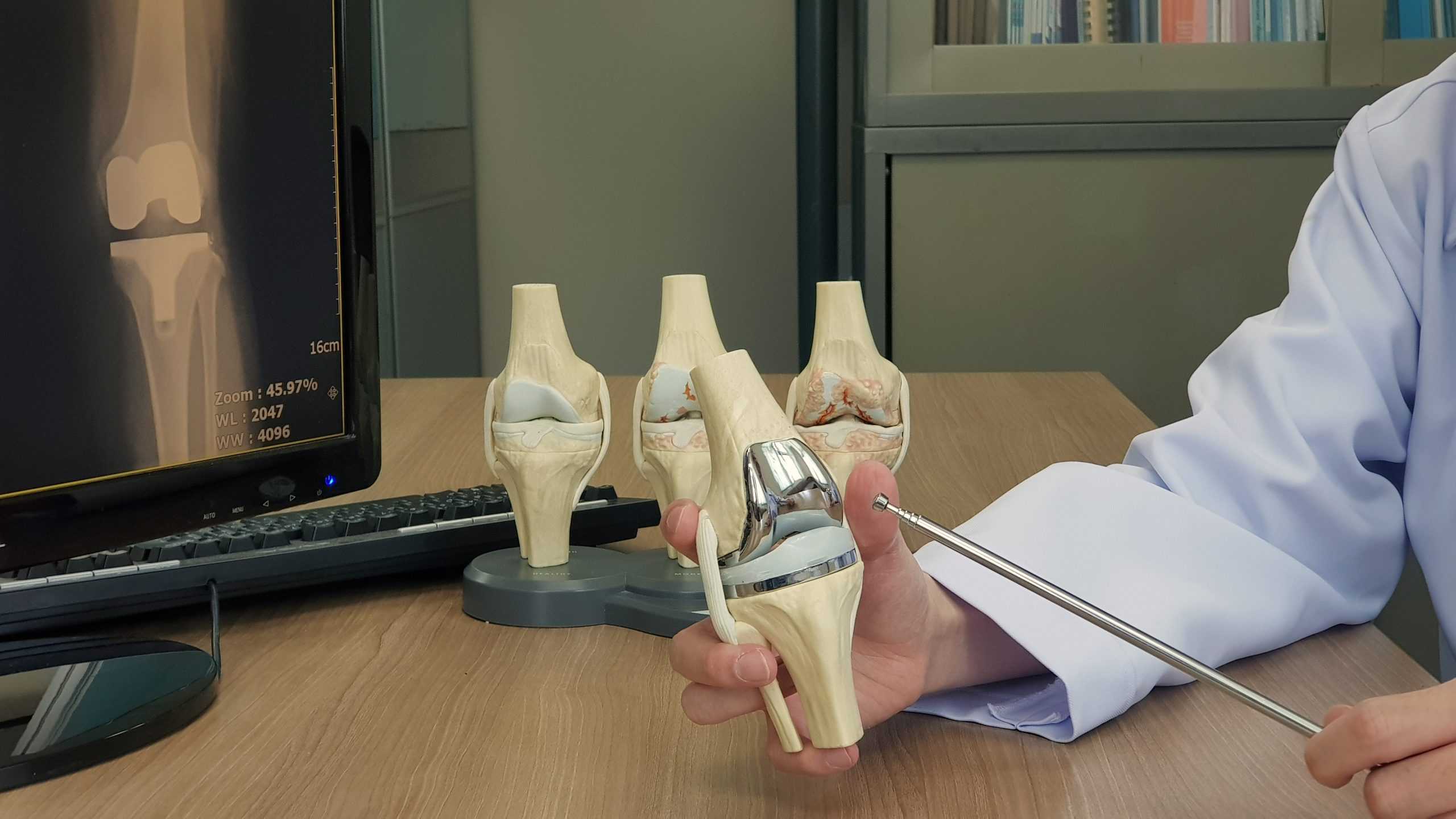

.png)
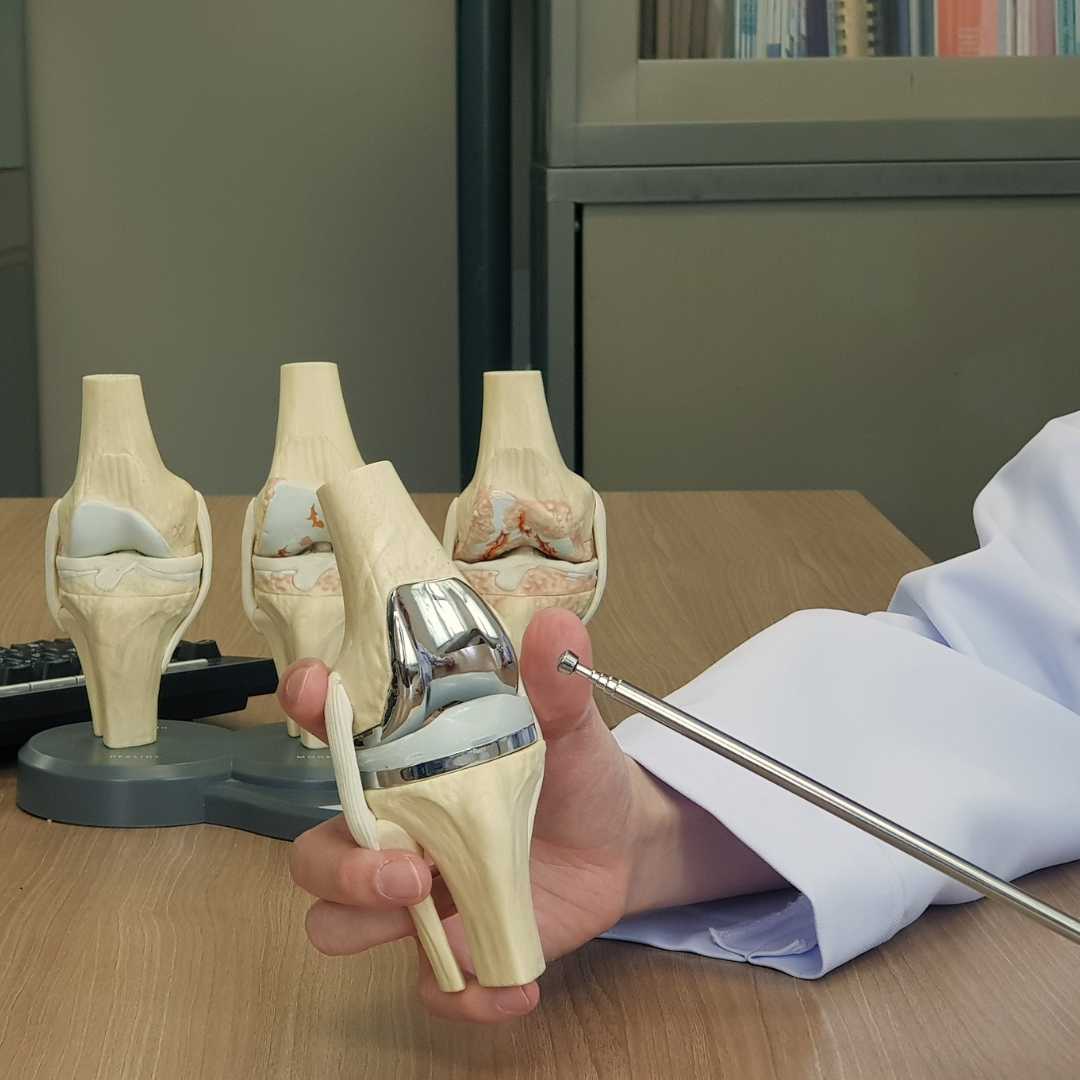
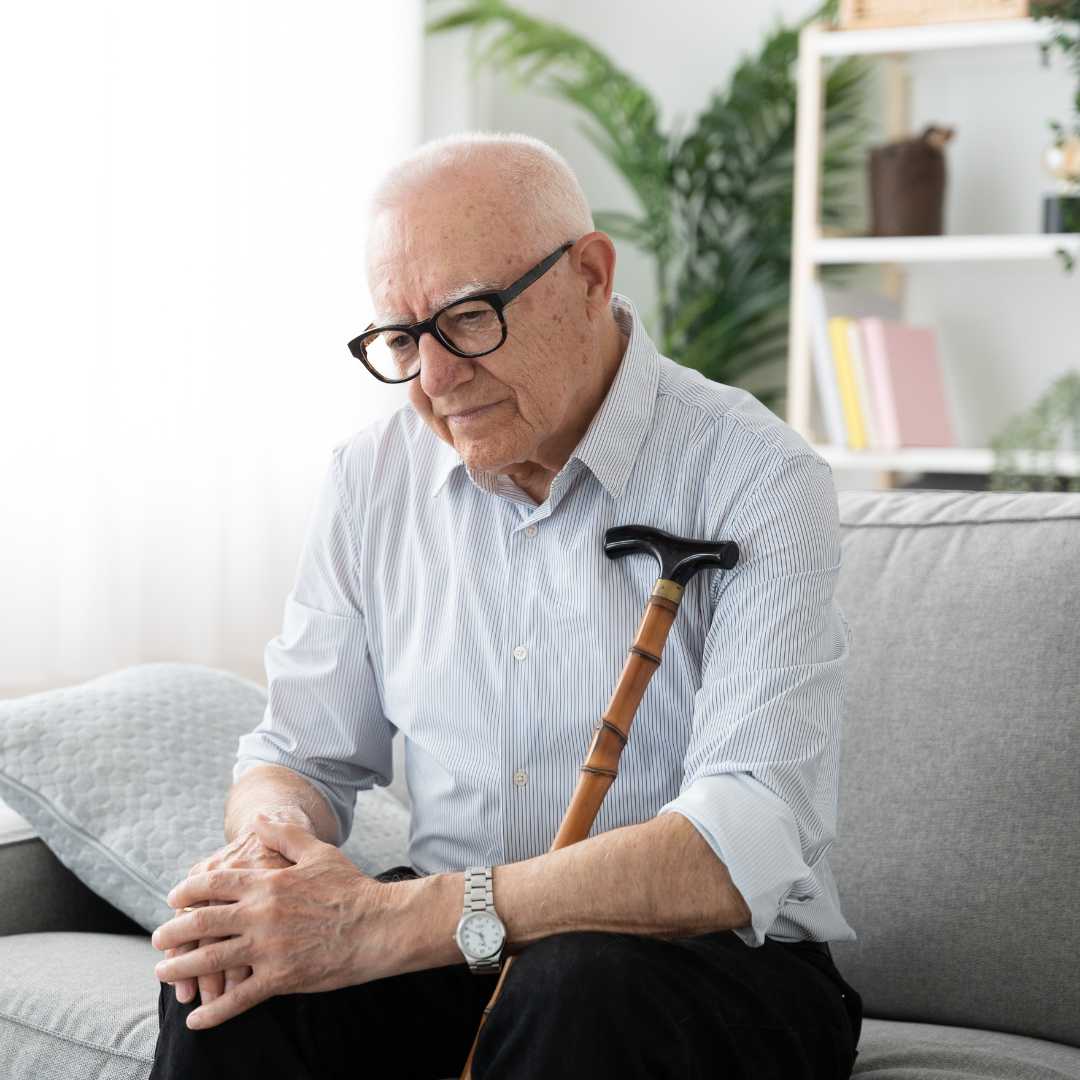

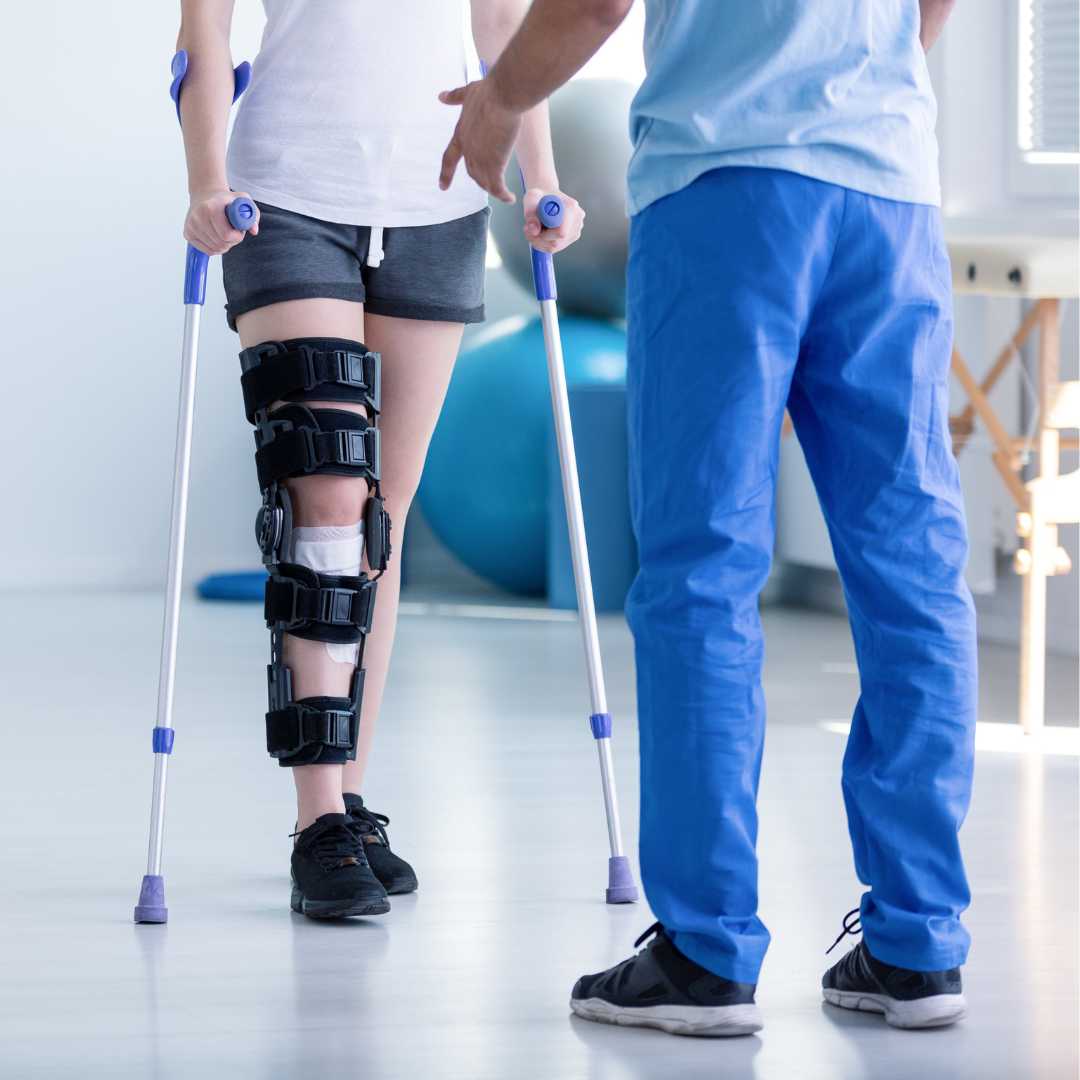
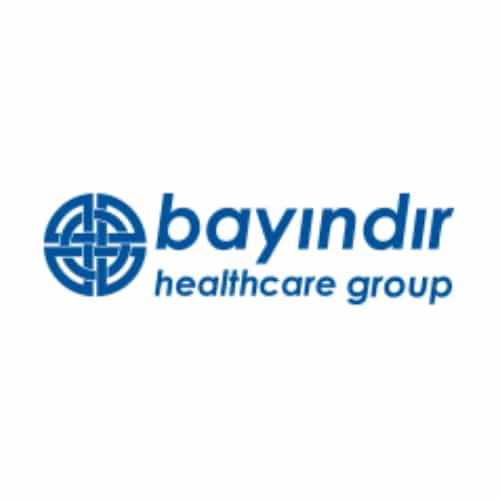

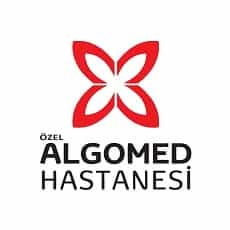
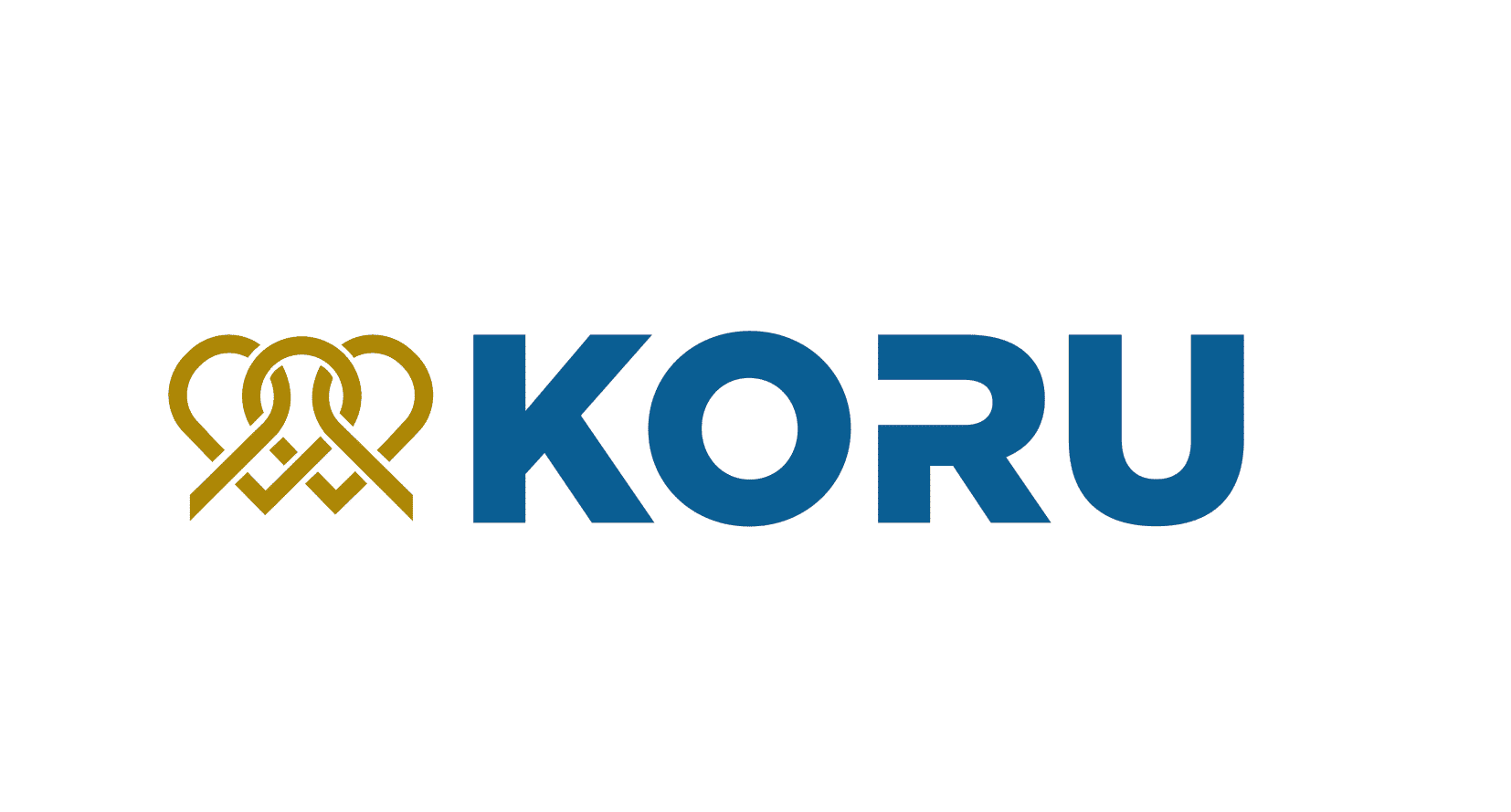


Share this listing